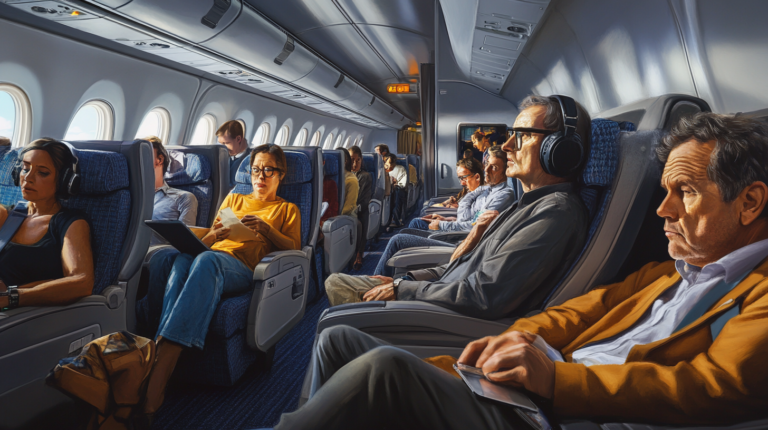The World of Cargo Flights: Bridging Continents and Commerce
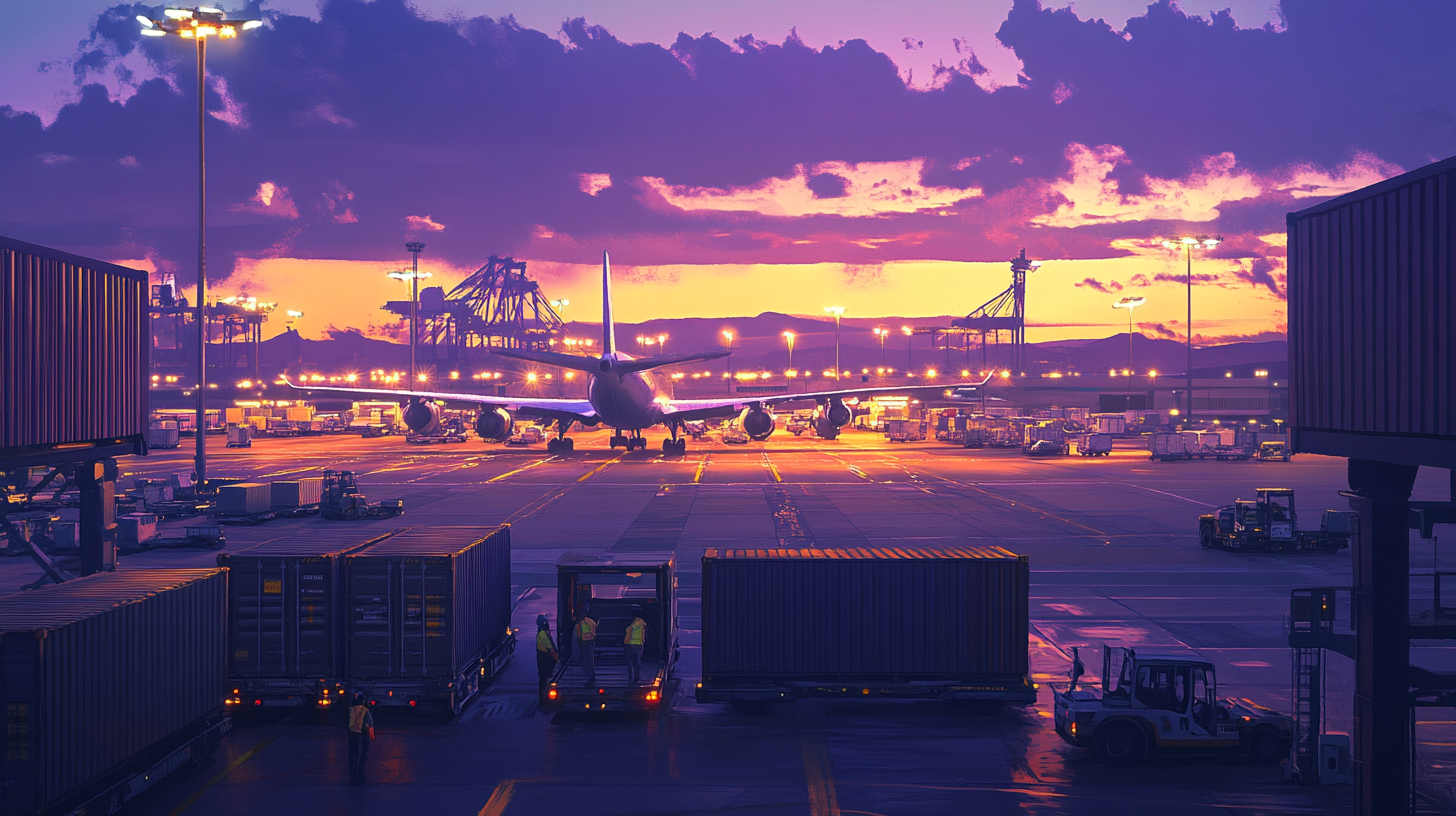
The realm of cargo flights is a critical yet often underappreciated component of global aviation and international trade. Every day, thousands of aircraft traverse the skies, not carrying passengers but transporting the goods that fuel our modern lives. From smartphones assembled in Asia to medical supplies essential for healthcare, these flights ensure that products reach their destinations swiftly and efficiently. As the lifeblood of global commerce, cargo airlines transport goods across continents, ensuring that supply chains remain uninterrupted and economies flourish. This article delves deep into the world of cargo flights, exploring their rich history, the complexities of their current operations, and the promising future that lies ahead.
A Historical Overview of Cargo Flights
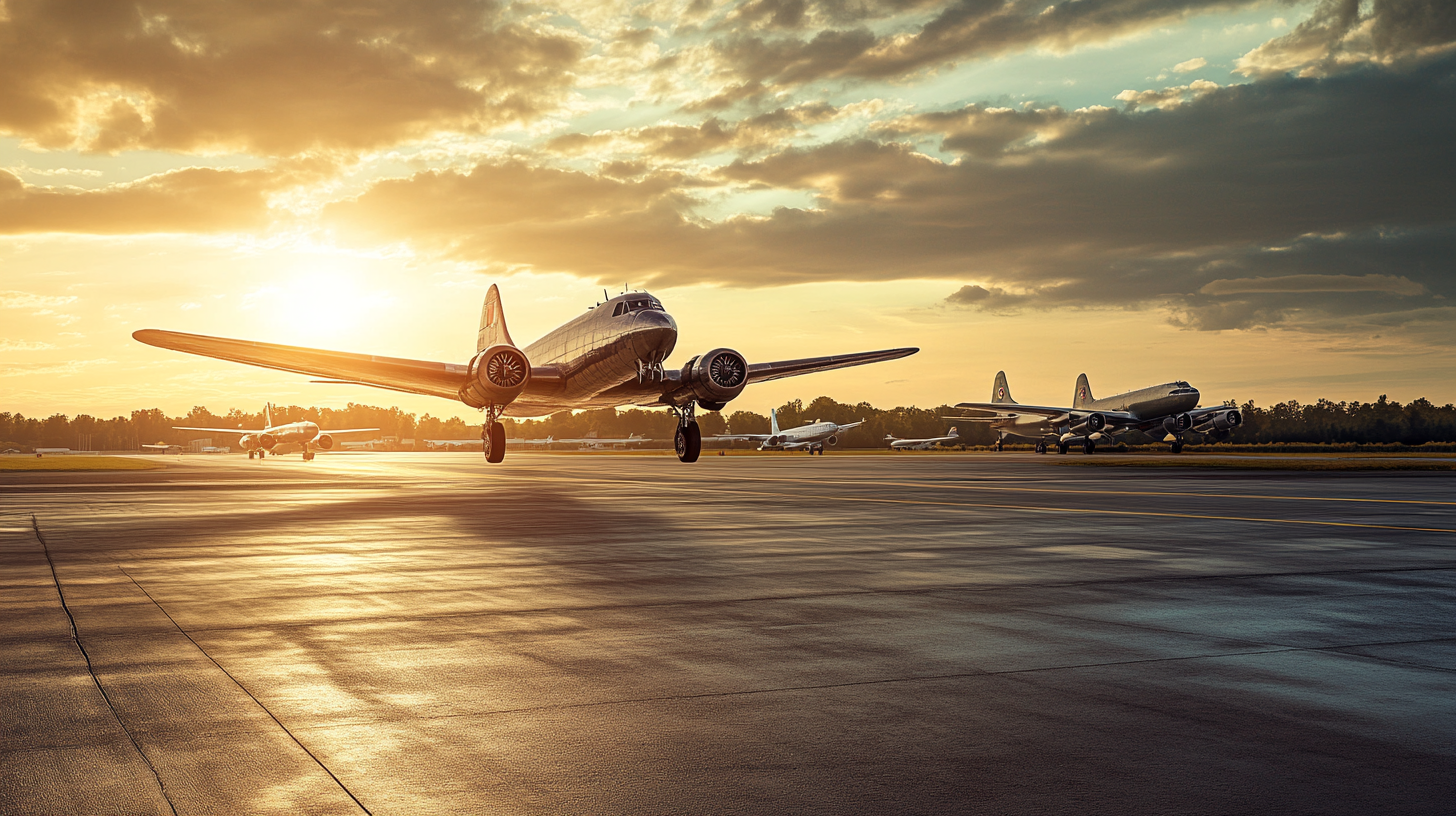
Cargo flights have come a long way since their humble beginnings over a century ago. The first cargo flight occurred on November 7, 1910, when pilot Philip Parmelee transported silk goods from Dayton to Columbus, Ohio, covering a distance of 65 miles in just under an hour. This pioneering flight marked the dawn of air freight, demonstrating aviation’s potential beyond passenger transport. Although progress was initially slow, the industry began to gain momentum in the mid-20th century. The post-World War II era, in particular, witnessed significant advancements as surplus military aircraft were repurposed for commercial use, laying the groundwork for modern cargo operations.
The introduction of the Boeing 747 in 1969 revolutionized air cargo transportation. Its massive capacity and long-range capabilities enabled airlines to transport goods across continents more efficiently than ever before. Companies like FedEx further transformed the industry by implementing real-time tracking systems and overnight delivery services, setting new standards for speed and reliability. The adoption of electronic air waybills streamlined documentation processes, reducing delays and errors. By 2017, the demand for air cargo had surged by 9%, fueled by industrial production and the exponential growth of e-commerce. Notably, Boeing predicts that air cargo traffic will more than double by 2041, emphasizing the sector’s significant expansion. For a detailed chronology of these developments, refer to The Evolution of Air Cargo Transportation Since 1910 .
The Global Cargo Airline Landscape
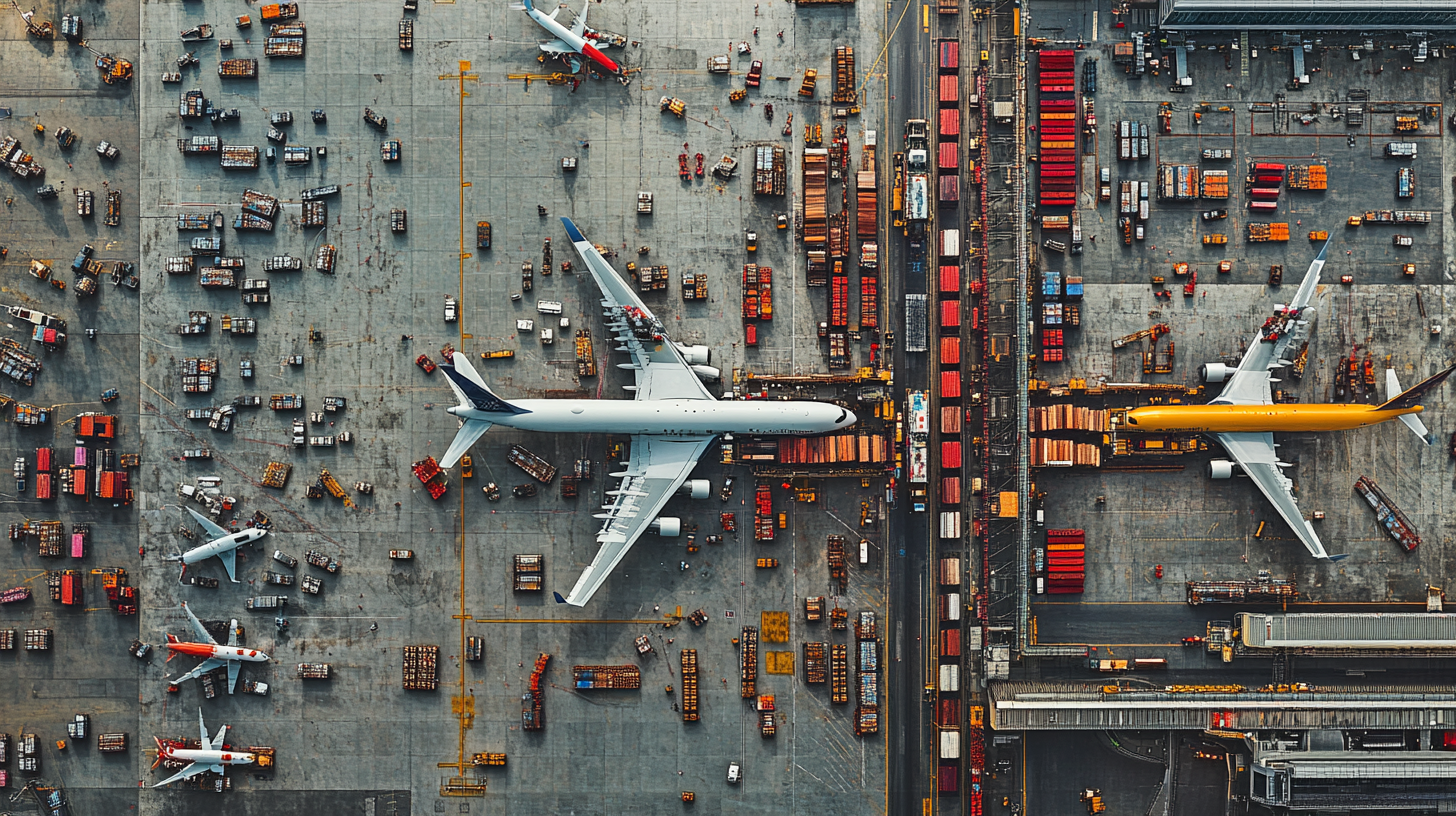
The cargo airline industry is a vast and complex network that spans every corner of the globe. It is composed of a myriad of carriers, each playing a vital role in connecting markets and facilitating international trade. Notable cargo airlines are categorized by their home countries across several continents. In Africa, airlines from Egypt and Nigeria are expanding their reach to support burgeoning regional economies. In the Americas, giants like the United States dominate the skies, while emerging players from Brazil are making significant strides in South America. Asia, with economic powerhouses like China and India, has seen a rapid expansion of cargo airlines to meet the demands of their growing export markets. Europe boasts established carriers from Germany and the United Kingdom, which have extensive networks across the continent and beyond. Oceania’s contribution, with carriers from Australia and New Zealand, underscores the truly global nature of the industry.
Countries like the United States and China have a particularly significant presence in the cargo airline industry. The U.S., home to industry leaders like FedEx and UPS, serves as a hub for global logistics operations. China’s cargo airlines are rapidly expanding, mirroring the country’s role as a manufacturing powerhouse and its Belt and Road Initiative’s emphasis on global connectivity. The European Union’s integrated market facilitates seamless cargo operations across member states, enhancing efficiency and collaborative opportunities. This diverse yet interconnected landscape reflects the industry’s global reach and importance, ensuring that goods from every continent can reach international markets. For insights into how these global networks operate, see Understanding International Air Freight Networks and Their Impact on Trade .
Leading Cargo Airlines and Their Impact
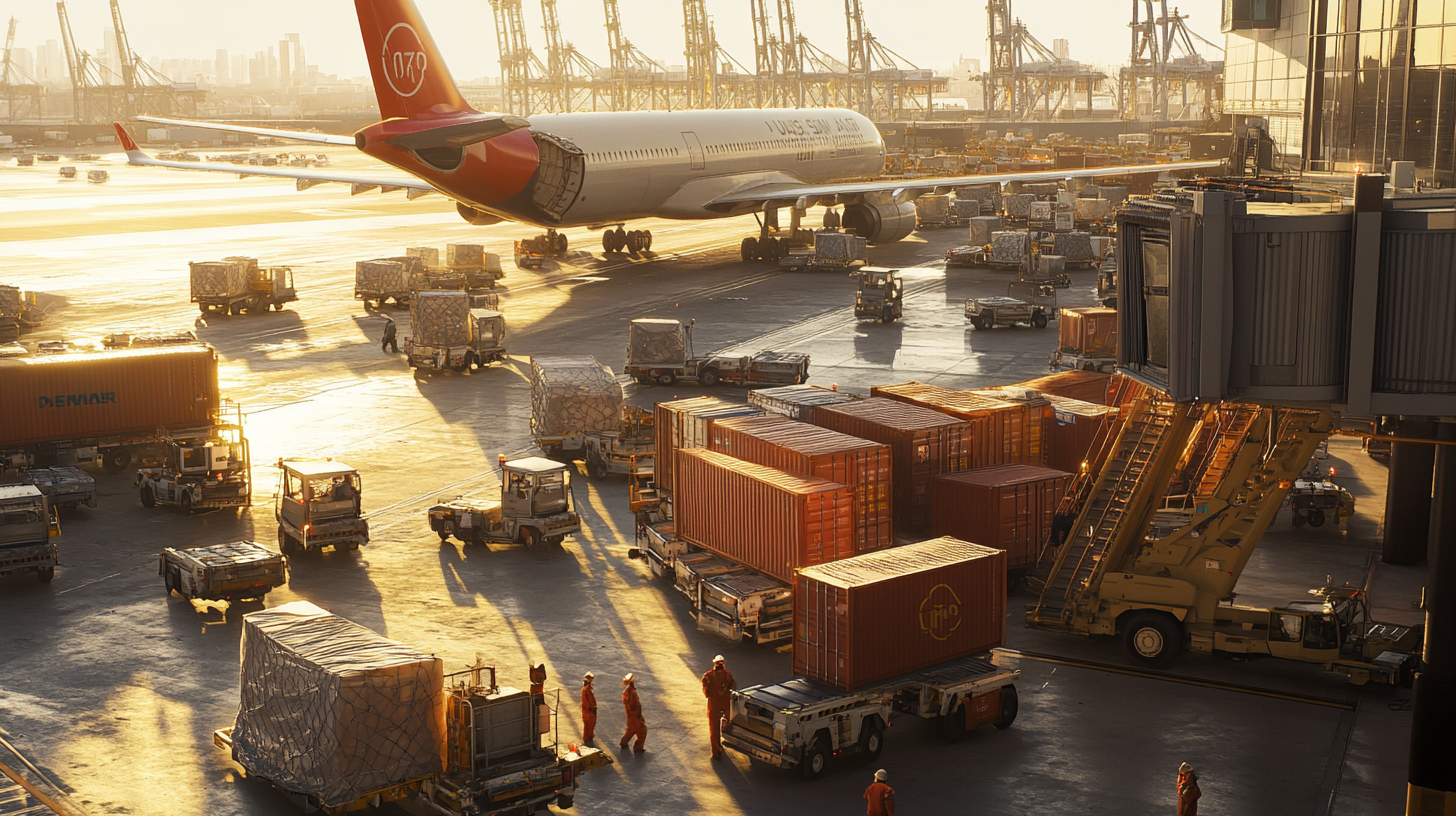
Several airlines stand out in the cargo sector due to their extensive operations, innovative approaches, and substantial contributions to global trade. FedEx Express, with over 700 aircraft—the largest cargo fleet in the world—serves more than 220 countries and territories. Founded in 1971, FedEx revolutionized the industry by introducing real-time package tracking and overnight delivery services, setting new standards for speed and reliability. Its commitment to innovation continues as it explores autonomous delivery and sustainable aviation fuel options. For an in-depth look at FedEx’s technological advancements, consider FedEx’s Innovations in Air Cargo Technology .
UPS Airlines, operating a fleet of 290 aircraft, has become a global leader by emphasizing healthcare logistics and efficient point-to-point flights. Its specialized services in handling temperature-sensitive medical supplies have been critical, particularly during the COVID-19 pandemic. UPS’s “Medical Campus of the Future” initiative aims to streamline healthcare logistics on a global scale.
Emirates SkyCargo leverages its strategic hub in Dubai, a crossroads between East and West, to transport perishables, pharmaceuticals, and other high-value goods efficiently. With a modern fleet and state-of-the-art facilities, it has established itself as a key player in connecting global markets. The airline’s commitment to innovation is evident in its development of specialized cargo solutions, such as “SkyFresh” for perishable items.
Qatar Airways Cargo prioritizes sustainability and environmental responsibility, operating a robust fleet that includes the Boeing 777F and Airbus A330F. It has launched initiatives to reduce carbon emissions and has been recognized for its efforts in sustainable aviation practices.
Cathay Pacific Cargo excels in the Asian market, supporting high-growth sectors like e-commerce and technology. Its extensive network within Asia and connections to international destinations make it a vital link in supply chains. The airline has invested heavily in digitalization, enhancing customer experience through real-time tracking and streamlined booking platforms.
These operators play a pivotal role in connecting vital trade hubs and ensuring the swift delivery of critical goods. Their innovations and strategic approaches not only drive their success but also push the entire industry forward. Collectively, they exemplify how cargo airlines adapt to market needs, embrace technological advancements, and commit to sustainability, all of which are essential in today’s rapidly evolving global economy.
The Crucial Role of Cargo Flights in Global Logistics
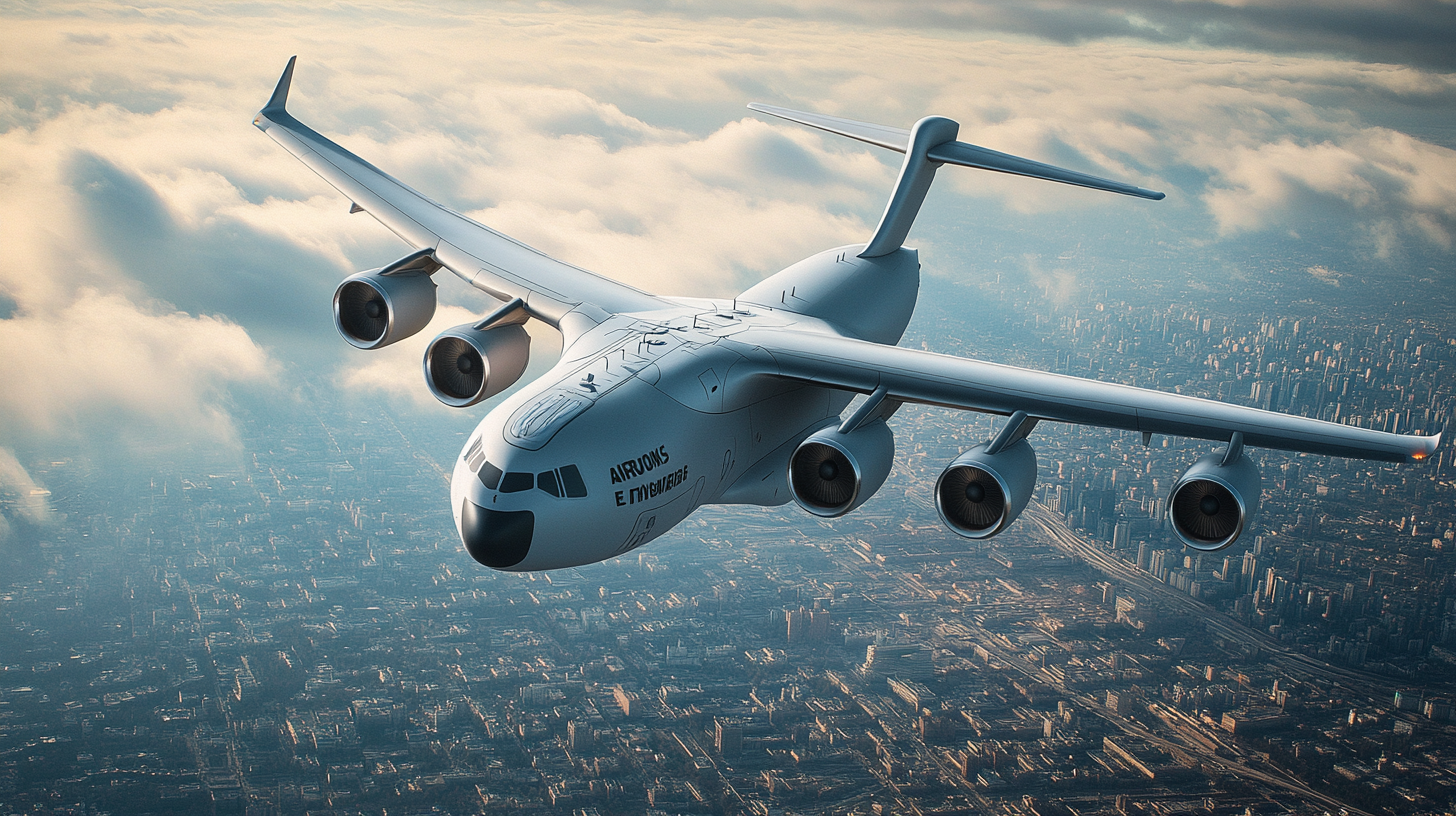
Cargo flights are integral to the global supply chain, serving as the arteries that keep international trade flowing smoothly. By enabling the quick delivery of goods, they enhance efficiency and support various industries that rely on timely shipments. For instance, the pharmaceutical industry depends on air cargo to transport temperature-sensitive medications and vaccines rapidly across the world. The agricultural sector benefits from the swift movement of perishable items like fresh produce and flowers, which require expedited delivery to maintain freshness. Additionally, cargo flights support just-in-time manufacturing processes by delivering critical components exactly when needed, reducing inventory costs and increasing production efficiency.
Air cargo encompasses air freight, express shipments, and airmail, each playing a specific role in meeting the diverse needs of global commerce. In 2018, cargo airlines accounted for 262,333 million tonne-kilometers of cargo, with a load factor of 49.3%, highlighting the immense scale of operations. The industry faces challenges such as fluctuating fuel prices, stringent regulations, and the need for specialized handling of certain goods. Despite these hurdles, cargo airlines continue to adapt by embracing innovations like digital tracking, automated warehousing, and sustainable fuel alternatives. These advancements not only improve efficiency but also enhance the industry’s ability to meet the evolving demands of global commerce. For more on how cargo flights optimize supply chains, see Air Cargo’s Role in Modern Supply Chain Management .
Technological Advancements and Fleet Modernization
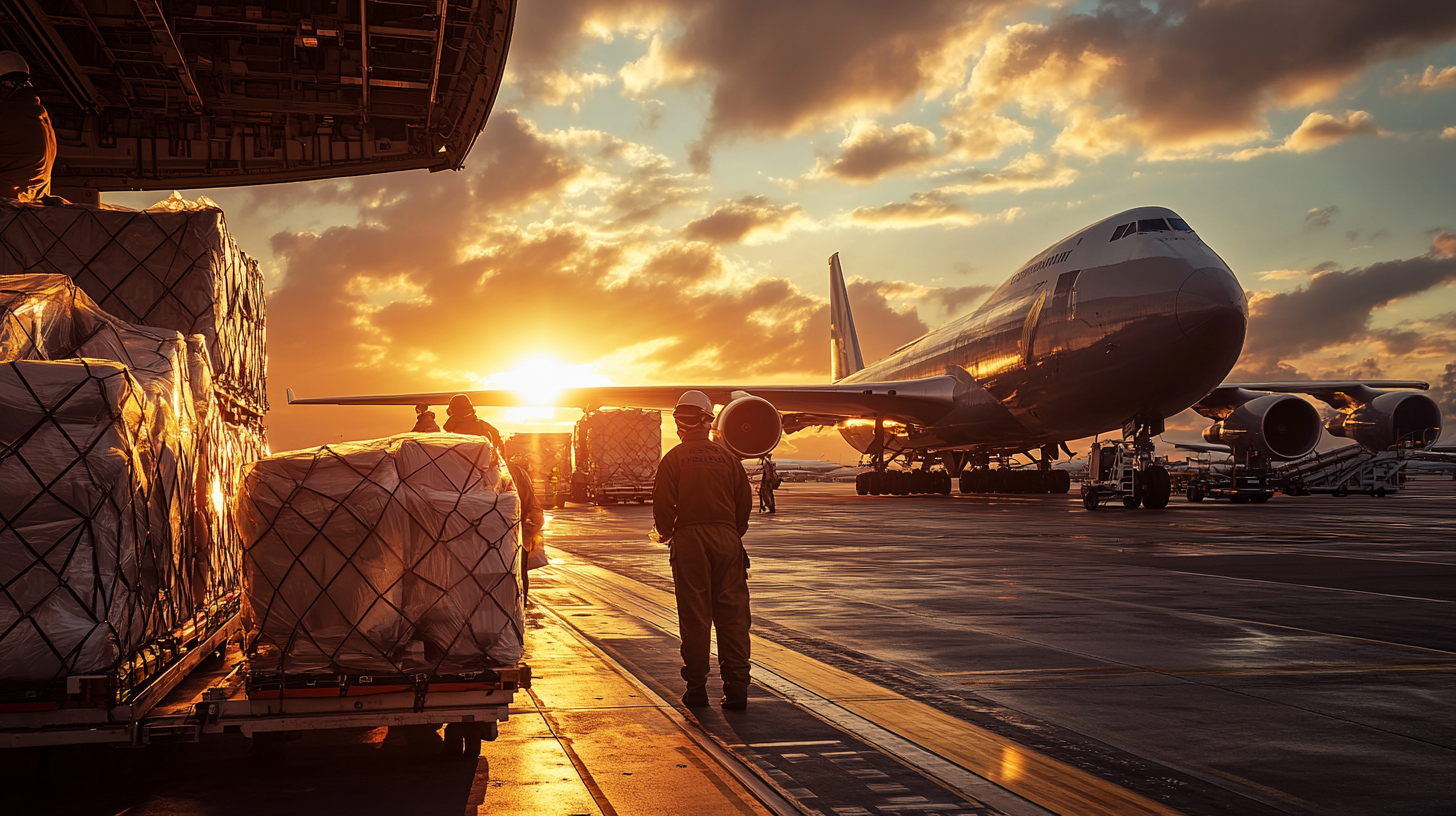
Technological innovation plays a crucial role in the cargo airline industry’s evolution, driving improvements in efficiency, sustainability, and competitiveness. Fleet modernization is at the forefront of this evolution, as airlines invest in newer aircraft models that offer significant advantages over previous generations. Modern cargo planes are designed with advanced aerodynamics, lighter materials, and more efficient engines, leading to reduced fuel consumption and lower emissions. For example, the Boeing 777F and Airbus A350F are popular choices among cargo carriers for their fuel efficiency and long-range capabilities.
Atlas Air, following its acquisition by Apollo Global, is expanding its Boeing 777F fleet to capitalize on these benefits. The company recognizes that modern aircraft not only reduce operational costs but also appeal to customers seeking environmentally responsible logistics partners. Similarly, industry giants like FedEx and UPS are retiring their aging MD-11 fleets in favor of newer, more efficient models like the Boeing 767 and 777. This shift not only aligns with sustainability goals but also improves reliability and reduces maintenance costs.
The adoption of sustainable aviation fuels (SAF) is another critical advancement. Airlines are actively exploring and incorporating SAF into their operations to reduce carbon footprints and meet international emissions targets. Additionally, the implementation of automation technologies—such as autonomous ground vehicles, automated sorting systems, and AI-driven route optimization—enhances operational efficiency and reduces human error. These technological integrations are reshaping the industry, making cargo flights more efficient, sustainable, and reliable than ever before. For an exploration of these innovations, refer to The Impact of Technology on Air Cargo Efficiency and Sustainability .
The Impact of the COVID-19 Pandemic on Cargo Flights
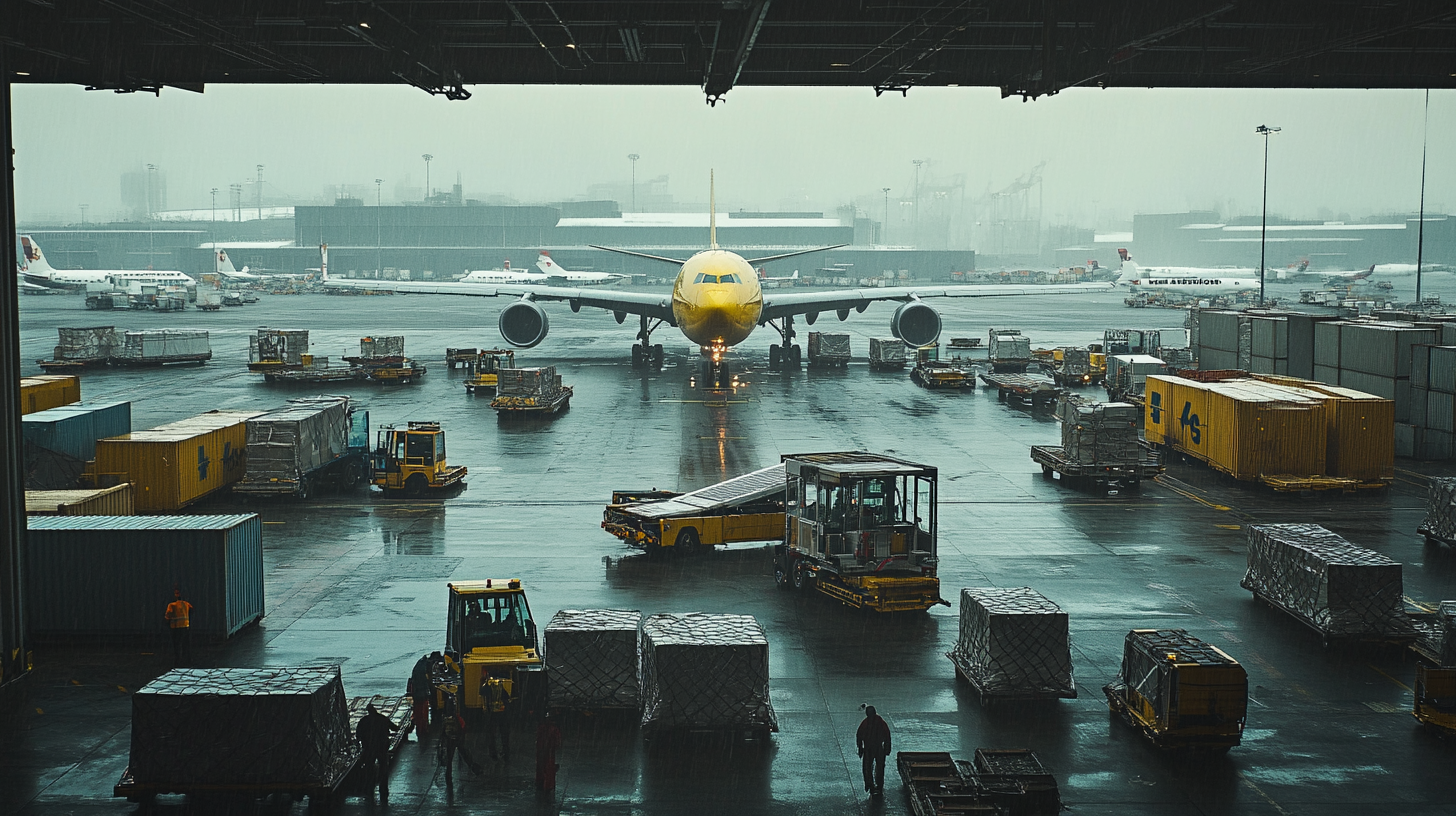
The COVID-19 pandemic had a profound and transformative impact on global aviation. While passenger air travel plummeted—experiencing a dramatic 60% decline in 2020 due to travel restrictions and lockdowns—the demand for air cargo surged by approximately 9%. Cargo airlines emerged as critical players in the global response to the pandemic, transporting essential supplies such as personal protective equipment (PPE), medical devices, and, eventually, vaccines to combat the virus.
Airlines, facing unprecedented financial challenges due to the steep decline in passenger traffic, increasingly relied on cargo operations to sustain their businesses. Many passenger airlines repurposed their fleets to carry freight, a practice termed “preighter” operations (passenger aircraft used as freighters). Seats were removed from passenger cabins to maximize cargo capacity, allowing airlines to meet the soaring demand for critical goods. For instance, Emirates operated historic flights dedicated to transporting the Pfizer-BioNTech vaccine, leveraging its global network and cold-chain capabilities to distribute doses worldwide.
The pandemic highlighted the indispensable role of cargo flights as a core business, not merely an ancillary service, for airlines during global crises. It also accelerated innovation and collaboration within the industry. Partnerships were formed between airlines, logistics companies, and governments to ensure efficient distribution of supplies. The crisis underscored the need for flexibility and resilience in operations, leading to permanent changes in how cargo flights are managed. The industry’s response to COVID-19 serves as a testament to its adaptability and essential role in maintaining global supply chains during emergencies. For a comprehensive analysis of this period, see The Role of Air Cargo During the COVID-19 Pandemic .
Challenges and Future Prospects
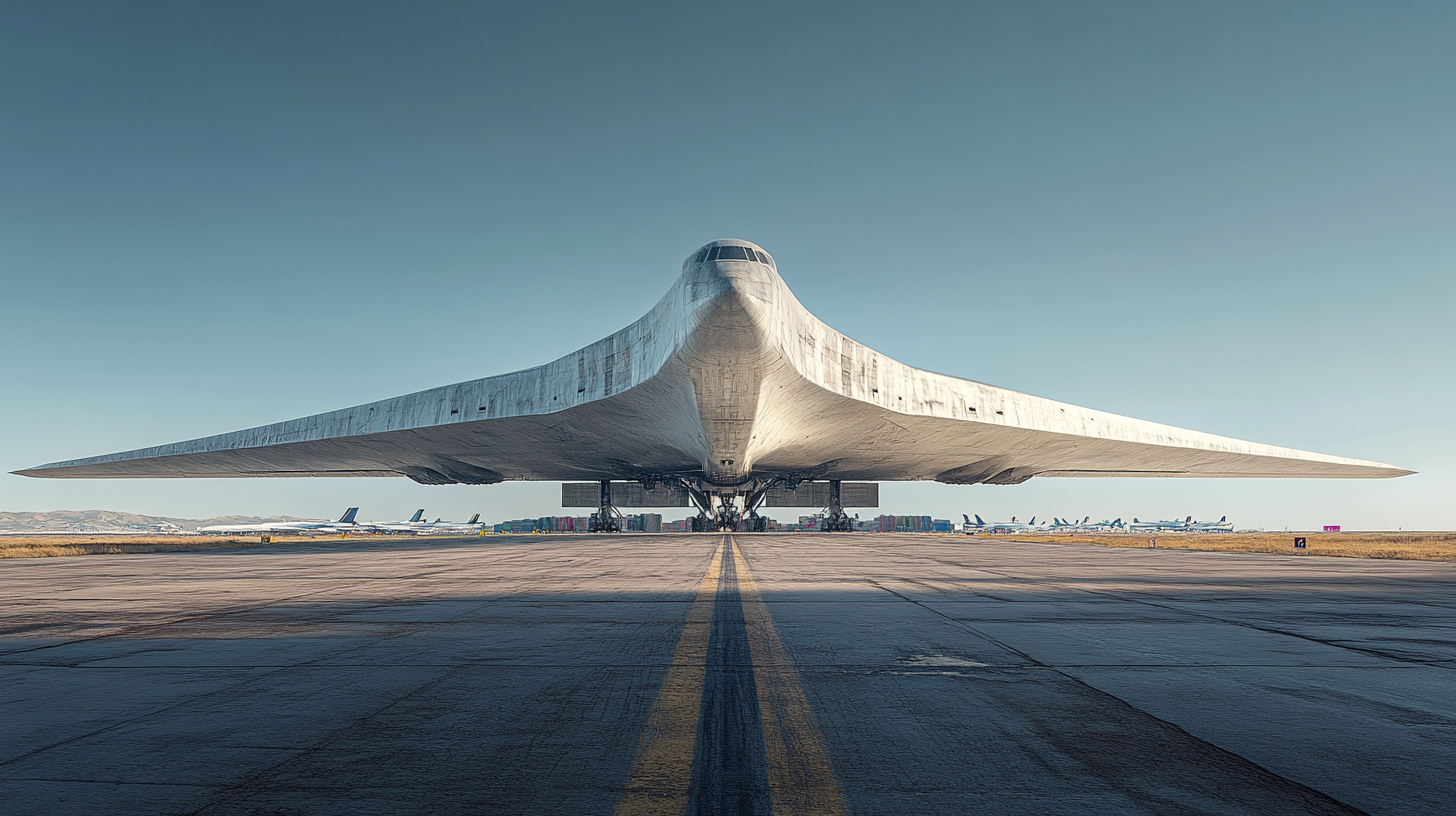
Despite its critical role in global commerce, the cargo airline industry faces numerous challenges that require strategic navigation. Rising fuel costs significantly impact operational expenses, prompting airlines to seek more fuel-efficient aircraft and explore alternative energy sources. Environmental concerns are increasingly at the forefront, with pressure from regulatory bodies and the public to reduce carbon emissions and implement sustainable practices. Intense competition among carriers leads to tight profit margins, necessitating innovation and efficiency improvements to stay ahead.
Infrastructure limitations, such as congested airports and inadequate facilities in emerging markets, hinder operational efficiency and growth potential. The need for strict regulatory compliance, particularly regarding safety and security standards, adds complexity to operations. Geopolitical tensions, trade wars, and shifting economic alliances further complicate the landscape, affecting routes, costs, and demand patterns. Additionally, the industry must adapt to changing market dynamics, such as the relocation of manufacturing bases due to factors like labor costs and supply chain resilience strategies.
However, the future holds promising prospects. The global air cargo market reached over $250 billion by 2023, with a compound annual growth rate (CAGR) of 10% expected over the next five years. This expansion is fueled by a growing global economy and the e-commerce boom, particularly the rise of online marketplaces and consumer expectations for fast delivery. Innovations such as the use of drones for last-mile delivery, automation in logistics through robotics and artificial intelligence, and the development of sustainable aviation fuels are paving the way for sustainable growth. For insights into these emerging technologies, refer to Emerging Technologies Shaping the Future of Air Cargo .
Major players are focusing on sustainability and operational efficiency to meet market preferences for environmentally responsible logistics partners. Investments in digitalization, such as blockchain for secure tracking and Internet of Things (IoT) devices for real-time monitoring, are enhancing transparency and reliability. The industry’s ability to embrace these innovations while addressing challenges will determine its trajectory in the coming years. The outlook remains optimistic, with cargo flights poised to play an even more integral role in connecting the world’s economies.
The Giants of the Sky: Notable Cargo Aircraft
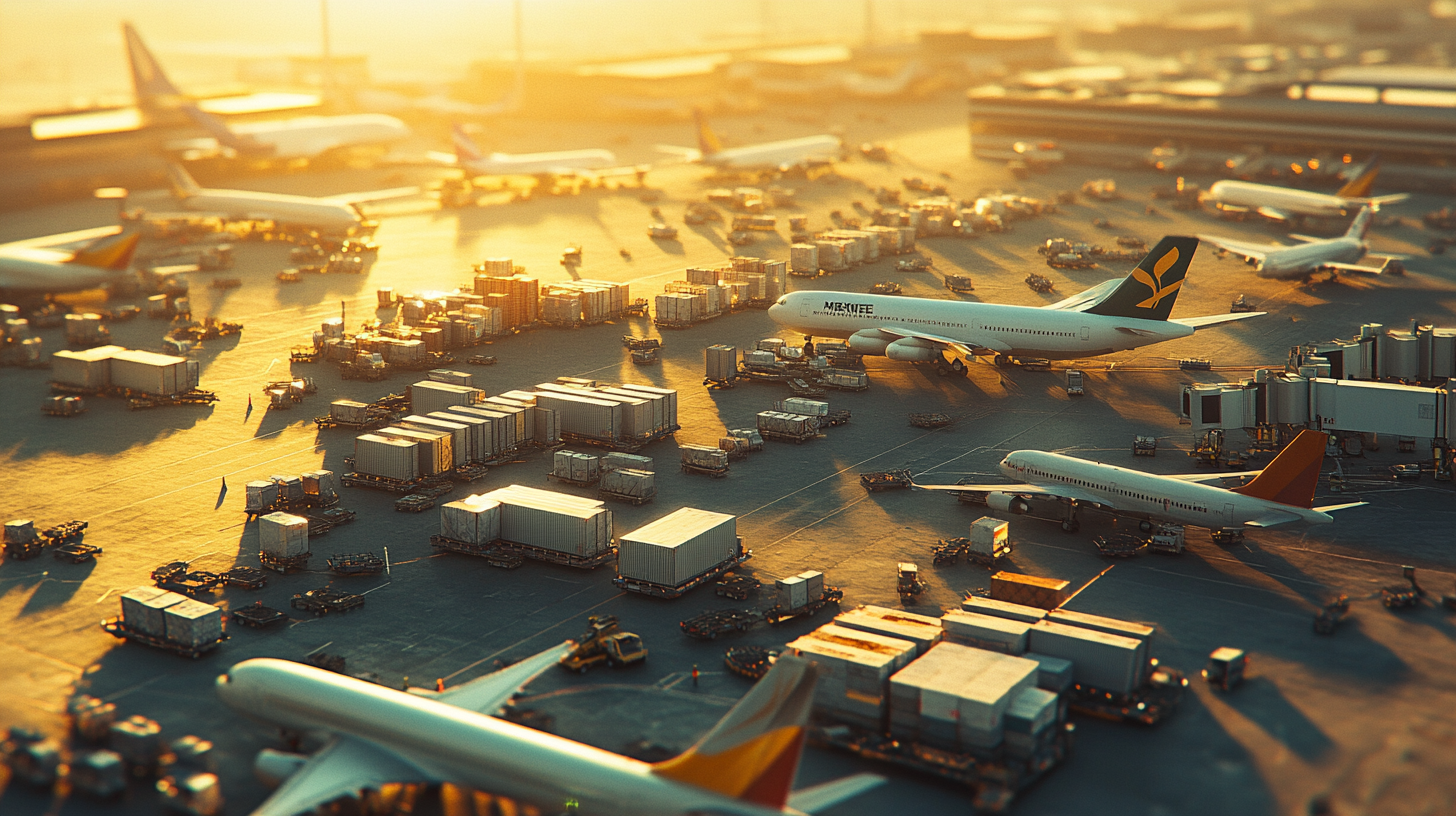
The cargo airline industry utilizes some of the most impressive and awe-inspiring aircraft ever built, designed to transport enormous and unconventional loads that are critical to various sectors. The Antonov An-225 Mriya, renowned as the world’s largest cargo plane, was originally designed in the 1980s to transport the Soviet Buran space shuttle. With its colossal maximum takeoff weight of 640 tonnes, it holds the world record for payload capacity. The An-225 has been instrumental in carrying oversized cargo, such as heavy machinery, power plant components, and even other aircraft.
Other notable giants include the Antonov An-124 Ruslan, a strategic airlift jet that has been a workhorse for military and civilian heavy transport since the 1980s. The Boeing 747-8F, the cargo variant of the iconic “Queen of the Skies,” combines capacity with efficiency, making it a favorite among major cargo airlines. The Lockheed C-5 Galaxy serves as a vital asset for military logistics, capable of transporting tanks and helicopters across continents. The Airbus Beluga XL, named for its resemblance to the Beluga whale, is specially designed to carry large aircraft components between Airbus manufacturing sites. Its unique design allows for the transport of oversized cargo that would not fit in standard cargo planes.
These engineering marvels are not just testaments to human ingenuity but are also critical enablers of global logistics. They allow for the transportation of oversized and heavy cargo that cannot be disassembled or shipped by other means, such as Transporting Large-Scale Industrial Equipment via Air Cargo . Their capabilities underscore the industry’s capacity to handle diverse logistical needs, from supporting infrastructure projects to delivering emergency aid in disaster zones. The operation of these giants requires specialized expertise, highlighting the industry’s complexity and the importance of continual innovation in aircraft design and logistics management.
Market Dynamics and Economic Impact
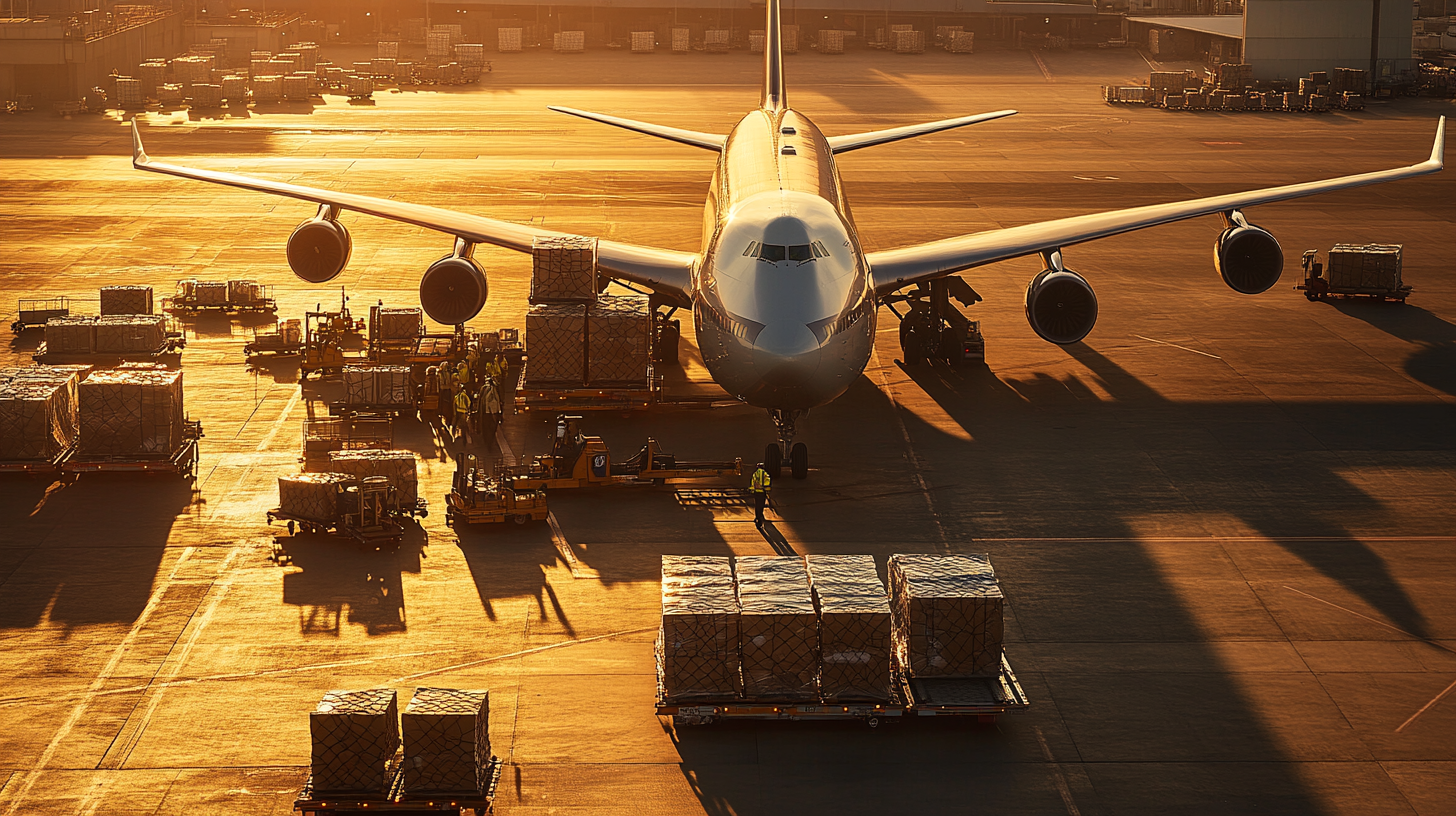
The cargo airline sector is a pivotal component of global logistics, significantly influencing international trade and economic development. Market dynamics within the industry are shaped by a complex interplay of economic factors, shifting consumer demands, and technological advancements. High entry barriers, including the substantial capital investment required for aircraft and infrastructure, have resulted in a market dominated by a few key players, maintaining a relatively stable market structure.
Major companies like FedEx Express, UPS Airlines, and Qatar Airways are continuously adjusting their strategies to enhance efficiency, adapt to market changes, and prioritize sustainability. These adjustments include fleet modernization, investment in technology, and expanding services to meet the growing demand for rapid and reliable delivery. Notably, while U.S. and European airlines have faced challenges post-pandemic, including labor shortages and operational disruptions, Middle Eastern and some Asian carriers have capitalized on opportunities to gain market share. Their strategic geographic locations and investments in state-of-the-art facilities have positioned them favorably in the competitive landscape.
European air cargo hubs have experienced a resurgence as passenger services resumed post-pandemic, leading to increased belly cargo capacity in passenger aircraft. Airports like Liege Airport in Belgium reported a 15.6% increase to 1.2 million tonnes, reflecting the thriving overall cargo market and the expansion of e-commerce. The rise in online shopping has had a significant economic impact, as consumers increasingly expect quick delivery times, driving demand for air freight services. For an analysis of these trends, refer to The Economic Impact of E-commerce on Air Cargo Demand .
The cargo airline industry’s economic impact extends beyond transportation services. It supports jobs in logistics, warehousing, and supply chain management, contributing to economic growth in regions with major cargo hubs. Governments and private investors recognize this potential, leading to investments in airport expansions and logistics parks. The industry’s ability to adapt to market dynamics and economic shifts will continue to shape its role in the global economy.
Technological Integration and Digital Transformation
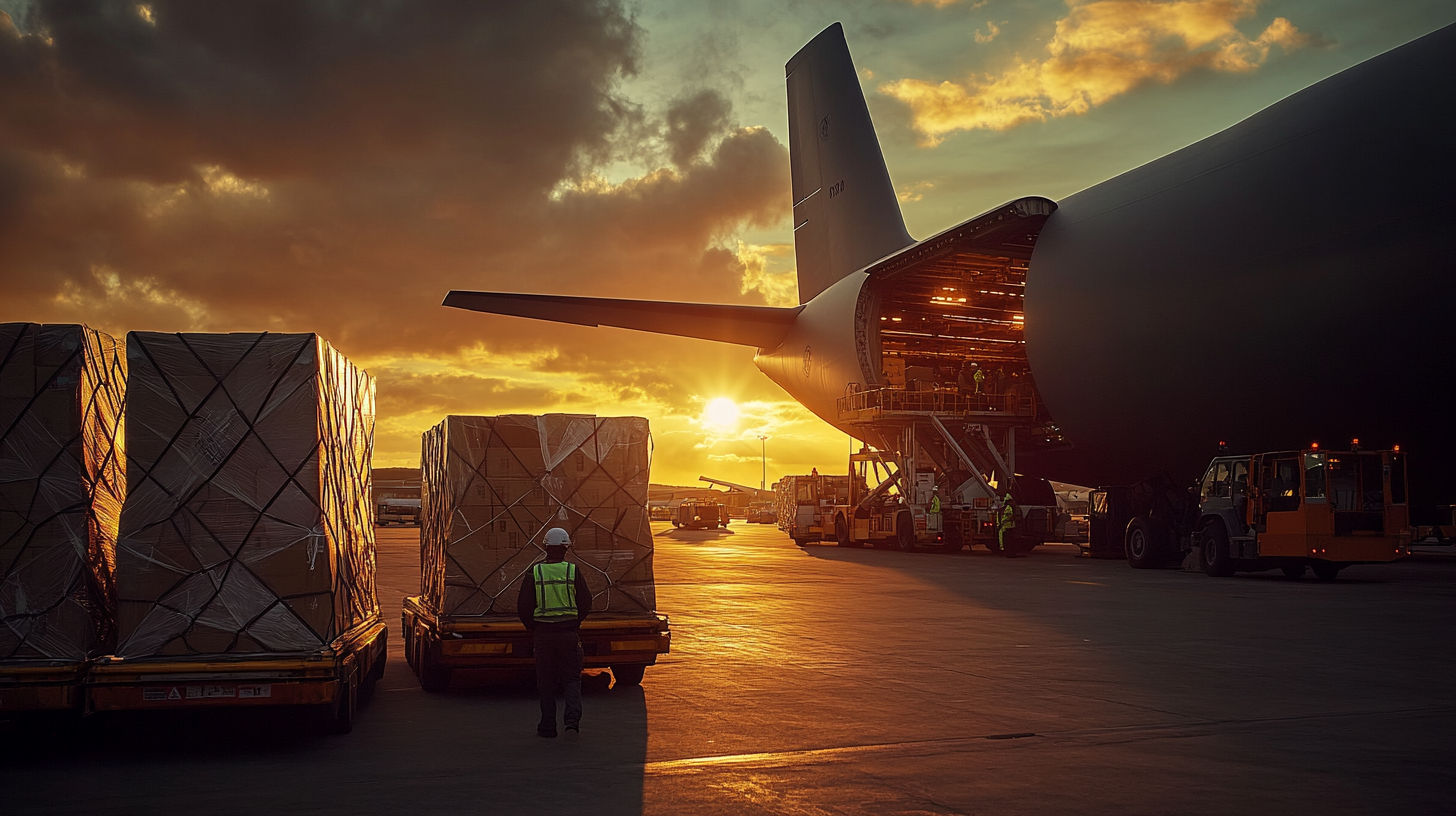
The integration of advanced technologies is revolutionizing the cargo airline industry, driving improvements in efficiency, transparency, and customer satisfaction. Digital transformation initiatives are enabling airlines to streamline operations, reduce costs, and enhance service offerings. Companies are adopting digital platforms that facilitate end-to-end logistics management, from booking to delivery, providing real-time data and analytics that inform decision-making.
For instance, Unisys has added Qatar Airways Cargo to its Cargo Portal Services (CPS) platform, a significant move that enhances visibility and booking efficiency for freight forwarders globally. The CPS platform allows carriers to sell capacity effectively while ensuring optimal pricing strategies and precise shipment tracking. This digital tool empowers freight forwarders with easy access to available cargo space, instant booking capabilities, and transparent tracking, reflecting the industry’s move towards comprehensive digitalization.
Moreover, airlines are implementing technologies like blockchain to enhance security and transparency in transactions, Internet of Things (IoT) devices for real-time monitoring of cargo conditions, and artificial intelligence (AI) for predictive maintenance and demand forecasting. The use of AI and machine learning algorithms helps in optimizing routes, managing inventory, and improving customer service through chatbots and personalized interfaces.
The implementation of these advanced technologies not only improves operational efficiency but also meets the evolving expectations of customers for fast, reliable, and transparent services. Digital transformation is no longer optional but a necessity for staying competitive in the modern cargo airline industry. For a comprehensive overview of how digitalization is reshaping cargo operations, refer to Digital Transformation in Air Cargo Logistics .
The Evolving Workforce and Operational Models
The cargo airline industry is characterized by unique workforce dynamics and operational models that distinguish it from passenger airlines. Cargo pilots typically enjoy better job security compared to their counterparts, as cargo operations are less susceptible to seasonal fluctuations and economic downturns that affect passenger travel. However, they may receive lower pay, reflecting different market economics and collective bargaining agreements within the industry.
Operational models vary among cargo operators. Major carriers like FedEx and UPS employ an overnight hub-and-spoke model, centralizing their operations at main hubs such as Memphis (FedEx) and Louisville (UPS). This model involves collecting shipments from various locations, consolidating them at a central hub, and then distributing them to their final destinations overnight. This approach maximizes efficiency and meets customer expectations for next-day delivery. These carriers often use older fleets during nighttime operations, optimizing asset utilization when air traffic is lower and congestion is minimal.
In contrast, passenger airlines utilize the cargo holds of their passenger planes to transport cargo, a practice known as belly cargo. This method allows passenger airlines to generate additional revenue by utilizing otherwise unused space, offering a different approach to cargo transport that complements dedicated freighter services.
The industry’s workforce is also adapting to technological advancements. Training programs now incorporate new technologies such as automated systems and remote monitoring tools. For insights into career opportunities and training in the cargo airline industry, see Careers in Air Cargo Operations and Logistics .
The evolving operational models and workforce dynamics reflect the industry’s adaptability and commitment to efficiency. As the industry continues to grow and modernize, its workforce will play a crucial role in implementing innovations and maintaining high standards of service.
Adapting to Challenges: The Industry’s Resilience
The cargo airline industry has demonstrated remarkable resilience and adaptability in the face of unprecedented challenges. During the COVID-19 pandemic, when passenger air travel collapsed, airlines swiftly altered their operations to meet surging demand for cargo transport. One significant adaptation was the utilization of widebody passenger aircraft for cargo-only flights, often referred to as “preighters.” By removing seats or simply using existing space, airlines expanded cargo capacity to transport essential goods, medical supplies, and e-commerce products. This strategy was critical for financial stability, helping airlines generate revenue amid a slow passenger market recovery.
Airlines are also navigating ongoing operational and regulatory challenges, such as those arising from geopolitical tensions, trade disputes, and fluctuating fuel prices. The escalation of tariffs and trade restrictions can disrupt established supply chains, requiring airlines to adjust routes and develop new markets. Price fluctuations, particularly in fuel costs, impact operational expenses and profitability, prompting airlines to implement fuel hedging strategies and invest in more efficient aircraft.
The industry’s ability to adapt underscores its vital role in supporting global recovery and maintaining essential supply chains. Innovations in technology, flexible operational models, and a commitment to meeting customer needs have enabled the cargo airline industry to overcome obstacles and continue delivering critical services. For a deeper understanding of the industry’s strategies during times of crisis, refer to Air Cargo Industry Resilience Strategies in Times of Global Disruption .
The cargo airline industry’s resilience not only highlights its importance in the global economy but also its capacity for innovation and adaptation. As the world continues to face challenges, from pandemics to geopolitical shifts, the cargo airline industry will remain a cornerstone in ensuring the continuity of international trade and supply chains.
Final Thoughts
The world of cargo flights is a dynamic and indispensable part of modern global commerce, a silent powerhouse operating behind the scenes to keep the wheels of the global economy turning. From its humble beginnings in 1910, when silk goods were first transported by air, to its critical role during the COVID-19 pandemic, the industry has continually evolved to meet the ever-changing demands of international trade. Its history is rich with innovation, resilience, and a relentless pursuit of efficiency.
As we look to the future, the cargo airline sector is poised for continued growth and transformation. Technological innovations, from digital platforms to advanced aircraft design, are redefining what is possible. Fleet modernization is enhancing sustainability and operational efficiency, aligning with global efforts to combat climate change. The industry’s steadfast commitment to adapting and embracing change ensures it will continue to play a pivotal role.
In an increasingly interconnected world, cargo flights will continue to bridge distances, enabling the swift movement of goods and ideas. They not only contribute significantly to the global economy but also support everyday life by delivering the products and services people rely on. Follow us back to Seat 5A for more insights and updates on the evolving world of cargo flights.




